The must-have equipment
Three steps can sum up the preparation oThere are about ten basic utensils for preparing most mixed drinks, so let's try to summarise them below and grasp their main features.
*During checkout VAT will be added to your cart items. All orders placed will include VAT, regardless of what is selected here. Learn more
Three steps can sum up the preparation oThere are about ten basic utensils for preparing most mixed drinks, so let's try to summarise them below and grasp their main features.
The first and fundamental tool for the correct proportions of every cocktail. There are different sizes, the smaller and classic 15, 25 and 45 millimetres and the larger 20, 30 and 40 millimetres. Also important is the grip of the instrument, between index and middle finger with the back resting on the jigger.
Discover moreStainless Steel Steel + 3 Colors Ø 4,0 cm - h 7,0 cm
Stainless Steel Mirror Steel + 3 Colors Ø 4,0 cm - h 11,0 cm
Stainless Steel Mirror Grey + 3 Colors Ø 4,0 cm - h 7,0 cm
Stainless Steel Mirror Copper + 3 Colors Ø 4,0 cm - h 7,0 cm
Stainless Steel Mirror Copper + 3 Colors Ø 4,0 cm - h 11,0 cm
Stainless Steel Mirror Gold + 3 Colors Ø 4,0 cm - h 7,0 cm
Stainless Steel
Stainless Steel Mirror Copper + 3 Colors Ø 5,0 cm - h 9,0 cm - 0,030 l
Indispensable for the preparation of shaker drinks, there are three types of shakers: the Cobbler shaker (known as the traditional or continental shaker) consisting of three parts, namely the lower part where the liquids and ice are poured in, then a perforated lid to retain the ice when the cocktail is poured in, and finally a small stopper used for mixing the ingredients. The Boston shaker consists of two parts: a steel bell called the mixing tin and a smaller bell or glass where the ingredients are poured. Finally, the Parisienne shaker which is a middle ground between the previous two. For all of them, a firm grip on both ends is important.
Discover moreStainless Steel Mirror Steel + 4 Colors Ø 9,5 cm - h 24,0 cm - 0,700 l
Stainless Steel Mirror Dark Grey + 4 Colors Ø 9,5 cm - h 24,0 cm - 0,700 l
Stainless Steel Mirror Dark Grey + 2 Colors Ø 9,0 cm
Stainless Steel Mirror Copper + 2 Colors Ø 9,0 cm
Stainless Steel Mirror Steel + 4 Colors 3 Sizes
Stainless Steel Mirror Dark Grey + 4 Colors Ø 8,5 cm - h 20,5 cm - 0,500 l
Stainless Steel Mirror Copper + 4 Colors Ø 8,5 cm - h 20,5 cm - 0,500 l
Stainless Steel Mirror Copper + 3 Colors Ø 8,8 cm - h 20,5 cm - 0,500 l
The glass is a fundamental element that helps alone to recognise the drink, being in some cases uniquely linked to a drink such as the Margarita glass or the martini glass or the moscow mule cup. There are also more versatile glasses such as the Hurricane or the Tumbler.
Discover moreStainless Steel
Stainless Steel
Polycarbonate
Polycarbonate
Stainless Steel Mirror Copper + 3 Colors Ø 5,0 cm - h 25,5 cm - 0,270 l
Polycarbonate
Squeezers, cocktail strainers, ice springs, mixing spoons, as well as mixing glasses, pouring stoppers and flair bottles complete the assortment required for the preparation of most major cocktails. There are often cocktail sets that include many of these utensils, in very innovative colours such as gold, copper and black.
Discover moreStainless Steel Steel + 4 Colors 27,5 cm
Stainless Steel
Stainless Steel, Wood
Stainless Steel
Stainless Steel Mirror Steel + 4 Colors Ø 8,0 cm
Stainless Steel Mirror Copper + 3 Colors Ø 15,0 cm - h 14,0 cm - 2,000 l
Discover three popular drinks internationally well-known, some with italian origins

Browse Paderno.com using the latest version of Microsoft Edge, Chrome, Mozilla Firefox or Safari and prepare to dive into an extraordinary beauty experience.
Thank you for signing up, we''ll let you know when this product is back in stock.
Product is already in notification list, we will let you know via email once product is back in stock. Thanks.
The product you have selected is not available at the moment. If you leave us your email address,we will notify you as soon as the product becomes available again.